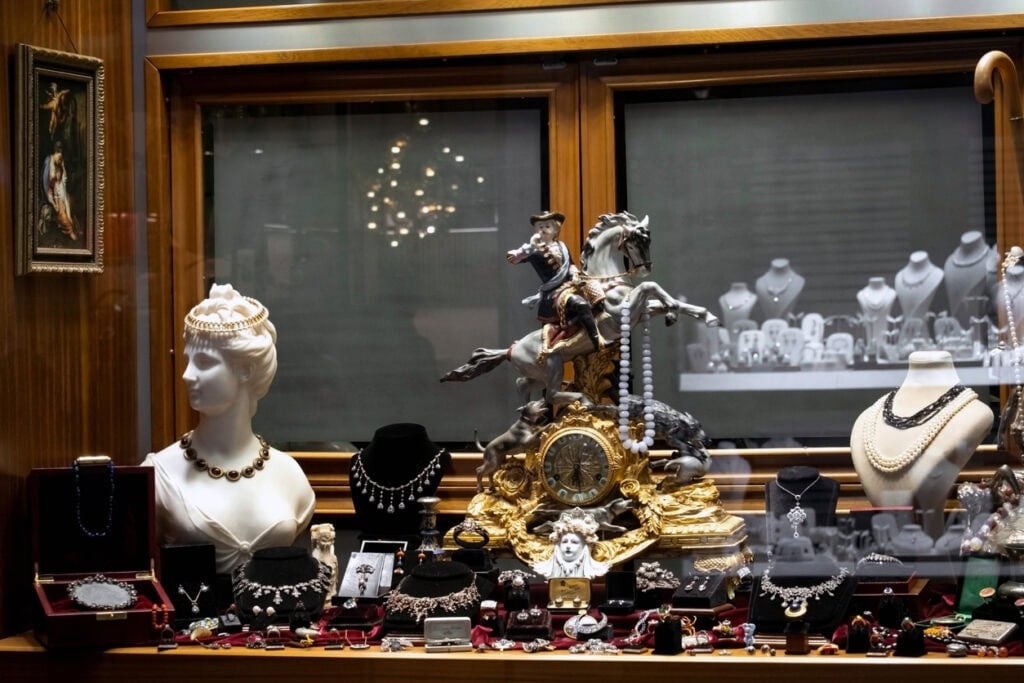
Partner blog: This blog is in partnership with The Fine Art Group, a global leader in art and luxury advisory and management services, dedicated to helping clients manage, value, and monetize high-value collections for both financial and philanthropic goals.
In estate planning, the focus is often on traditional assets like real estate, stocks, or businesses. But for many ultra-high-net-worth clients, the true value is in their collections—whether it’s fine art, vintage cars, jewelry, rare guitars, or other unique assets. As an estate planning specialist, how can you help clients leverage these collections for lasting philanthropic impact?
A new opportunity in estate planning
Fine art and collectibles represent an untapped opportunity in estate planning, allowing clients to maximize tax advantages while making a meaningful charitable impact. Through donor-advised funds (DAFs), clients can donate valuable pieces of their collections, achieving both financial and philanthropic goals.
The Fine Art Group, in partnership with Ren, offers expert services to manage and monetize these high-value assets, ensuring they align with clients’ broader financial strategies. Whether it’s artwork, watches, or coins, the ability to unlock value can create a legacy potential for clients who want to leave a lasting impact.
A real-world example: The Skip Maggiora legacy auction
Consider the legacy of Arthur “Skip” Maggiora, founder of Skip’s Music. When Skip passed in 2023, his extensive collection of 150 rare guitars was sold at auction for over $2.4 million. The proceeds directly benefited music education programs he had founded, including Stairway to Stardom and Weekend Warriors.
This auction, facilitated by Heritage Auctions and The Fine Art Group, shows how collectibles can be used not only for wealth transfer but also for philanthropic legacy-building. For Skip’s family, the guitars weren’t just assets—they were tools for continuing his vision of enriching music education for generations to come.
Why art and collectibles are key in estate and charitable planning
Art and collectibles are valuable not only for their monetary worth but also for the emotional and historical significance they hold. Donating these items to a DAF gives clients the opportunity to support causes they care about while benefiting from a charitable deduction.
Through Ren’s DAF services, estate planners can help clients donate their collectibles directly, streamlining the process while ensuring that the client’s legacy is protected and enhanced. The Fine Art Group assists with appraising, valuing, and monetizing these assets, providing essential expertise in integrating them into the client’s broader estate and charitable plans.
A collaborative approach for future-forward estate planning
Working with trusted partners like Ren and the Fine Art Group, estate planners can offer a unique service to their clients—integrating high-value collections into strategic philanthropy. This not only maximizes tax benefits but also helps clients create a lasting, multi-generational impact.
As Colleen Boyle of The Fine Art Group notes, “We believe that by working together, we can make a real difference in how collectibles are used in estate planning.”
Conclusion
For estate planning specialists, leveraging clients’ collections for charitable giving is a powerful tool. By helping clients incorporate these assets into their philanthropic plan can provide them with tax advantages while ensuring their legacy endures. Ren’s expertise in DAFs, combined with The Fine Art Group’s collection management, offers the perfect solution for integrating collectibles into modern estate planning.
To learn more about turning your clients’ collections into philanthropic legacies, contact Ren today.

